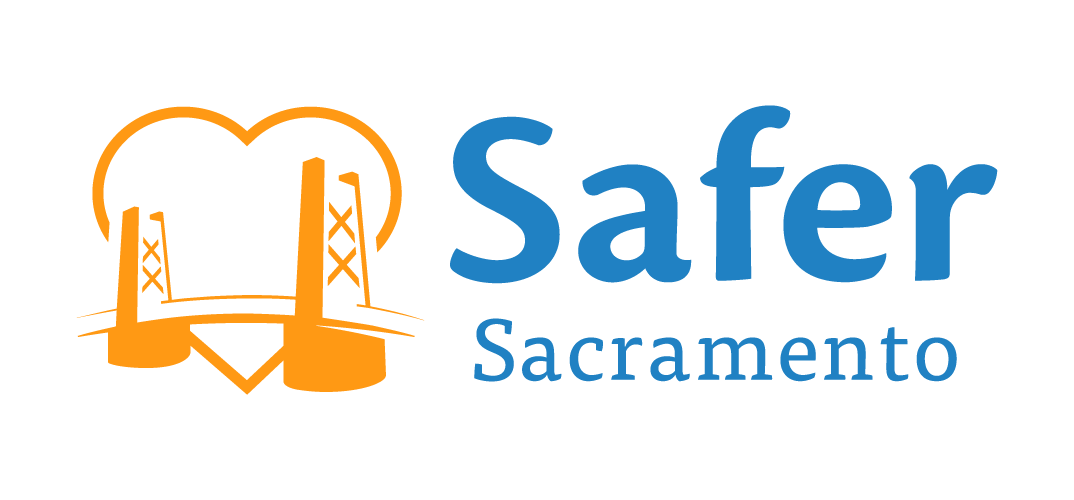Substance Use Disorders Among Older Adults: Causes, Risks, and Solutions
As our population ages, a concerning trend has emerged: Substance use among older adults, aged 65 and over, has dramatically increased since 2002. This rise in substance abuse and misuse of both drugs and alcohol is raising alarms and is certainly an issue that needs further attention. Our aging parents and grandparents deserve to live their best lives, free from substance misuse and the stigma wrapped up with it.
Deaths from Meth in SAC County, 2020-2022
Causes: The Perfect Storm
The uptick in substance use disorders among older adults can be attributed to a combination of factors. The baby boomer generation’s more accepting attitude towards drugs and alcohol as compared to their parents’ generation contributed to the normalization of substance use. Moreover, significant life changes, such as retirement, children pursuing their own lives, social isolation, and grief over the loss of loved ones challenge older adults’ sense of autonomy, purpose, and overall happiness – the weight of such life changes and the impact on one’s health and well-being can lead to substance use as a coping mechanism.
Health Challenges and Medication: A Risky Combination
Compounding the issue is the prevalence of chronic diseases among older adults, expected to increase significantly from 2020 to 2050. Managing these conditions often requires multiple medications, making it easy to become confused about dosage and timing. Polypharmacy, or taking several drugs concurrently, can be particularly dangerous, especially when over-the-counter drugs and herbal supplements interact with prescription medications, increasing the risk of falls, hospitalizations, and other complications.
Specific Substances: A Closer Look
Prescription Medications and Opioids: One significant concern is the misuse of prescribed medications, most commonly benzodiazepines and sedatives/hypnotics. This misuse can lead to suicidal thoughts, emphasizing the critical need for proper medication management and awareness.
Alcohol: Older adults are more sensitive to alcohol and don’t metabolize it as quickly as they did when they were younger. More than 2% of adults older than 65 meet the criteria for an alcohol use disorder, with binge drinking being a prevalent issue. Heavy alcohol consumption can exacerbate existing health conditions, leading to a range of complications including diabetes, high blood pressure, and mood disorders.
Marijuana: Cannabis use among older adults has risen recently. While research indicates potential medicinal benefits, its interaction with prescription drugs and impact on respiratory, memory, and mood disorders emphasize the need for caution and awareness.
Deaths From Fentanyl in SAC County, 2020-2022.
Treatment and Prevention: Breaking the Stigma
One of the significant challenges faced by older adults with substance use disorders is the stigma associated with substance misuse. Shame and fear of reactions from family or healthcare providers often prevent older adults from reaching out. Common myths include thinking that older adults don’t need or want help or that – because they are older – seeking solutions is futile because it’s too late. Certainly, some strategies will work most effectively with the older adult population. Because many have already experienced a loss of autonomy and control over their life – revoked driver’s licenses, loss of physical agility and strength that naturally occurs with aging, loss of friends and spouses – taking care to meet individuals where they are is crucial. Effective strategies include:
Diagnose and manage chronic conditions: Proper management of underlying health issues can reduce the need for medications and, consequently, the risk of substance abuse.
Coordinate Care: Utilize case managers or care managers who are specially trained in older adults' unique substance misuse and mental health issues. Proper screening and medication management can prevent complications.
Normalize discussing all health challenges: Provide opportunities for older adults to feel comfortable discussing their physical AND mental health.
Educate older adults: Awareness about age-related changes in metabolizing substances is vital.
Involve family and friends: With the patient's consent, enlisting the help of loved ones can aid in reducing harm and providing emotional support.
Stay organized: Maintaining a detailed list of medications, including over-the-counter drugs and supplements, ensures accurate communication with healthcare providers.
Consider cultural factors: Racial and cultural factors can affect how a person thinks and speaks about their behavioral health, seeks help for addiction or mental illness, and receives treatment.
Conclusion: It's Never Too Late to Seek Help
The rise in substance use disorders among older adults is a concerning issue, but with awareness, education, and support, addressing and mitigating the problem is possible. Older adults and their families must recognize the signs, break the stigma, and seek help. Remember, it's never too late to make a positive change, leading to improved overall health, well-being, and quality of life.
